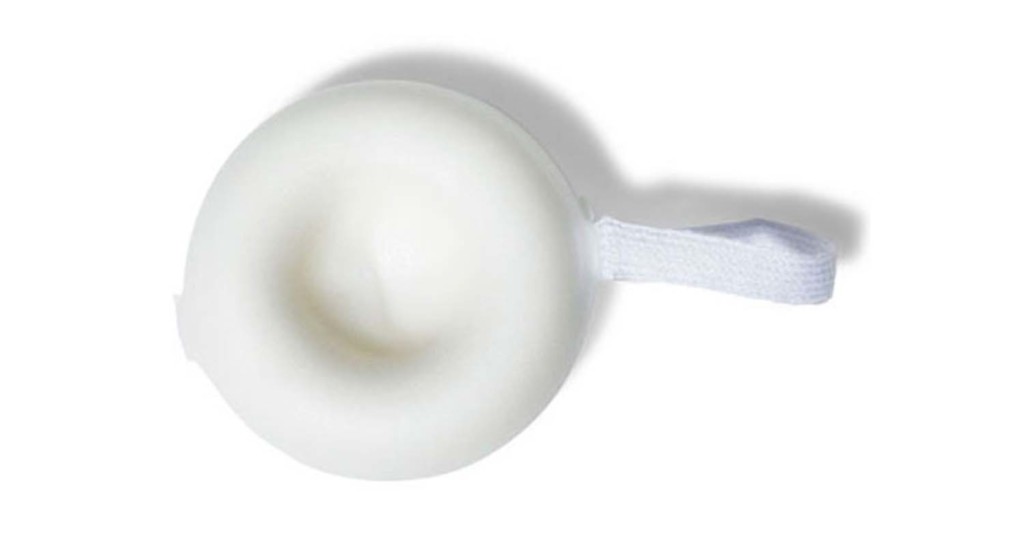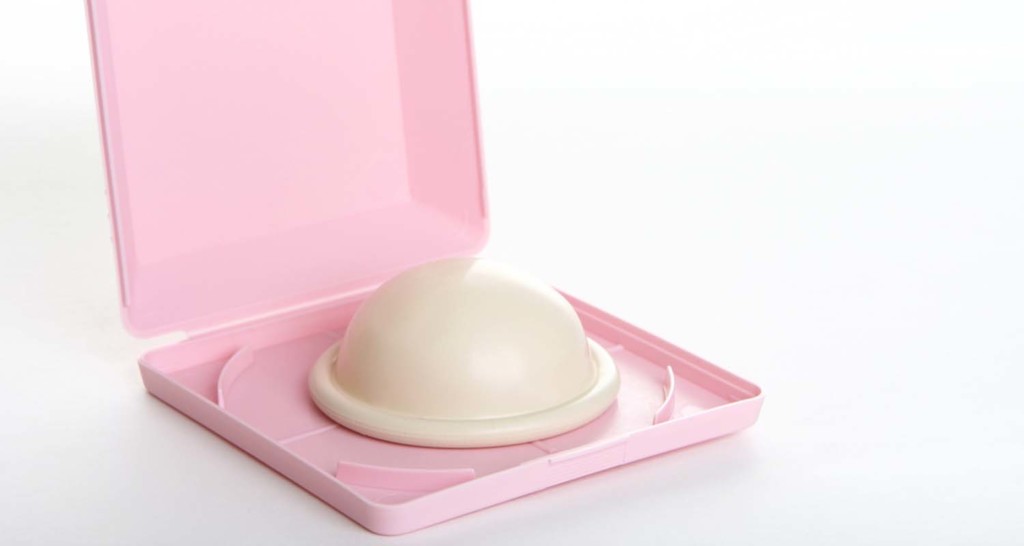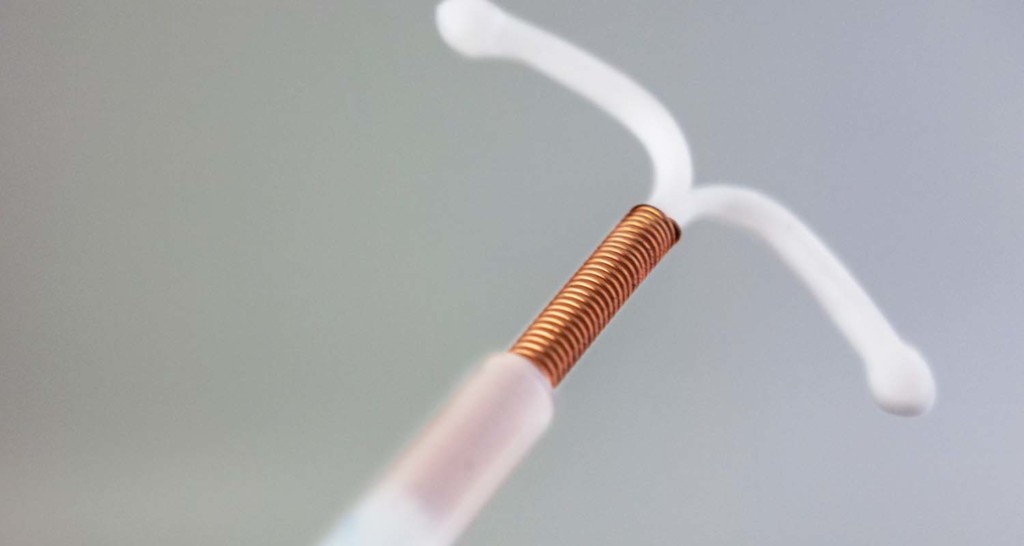In this episode of Bulletproof Radio, my guest is Blake Griffin, a power forward for the NBA’s Detroit Pistons and a six-time NBA All-Star.
To stay at the top of his game, he’s dedicated to high-performance training and a healthy lifestyle. “I just naturally enjoy healthy things,” Blake says. “And I think some people don’t believe that that’s a possibility. But I actually do, and I’ve always had this interest in it.” He keeps upping his athleticism, redefining health and wellness, and expanding his repertoire of skills.
Off the court, Blake has cultivated a reputation for business acumen—appearing on the cover of the 2019 Forbes 30 under 30.
And in a surprisingly non-athletic turn, he’s gained respect in the world of comedy with his impressive comedic timing. He’s appeared on The Tonight Show in advance of his annual comedy. by blake fundraiser, which he hosted at the world-renowned Just For Laughs comedy festival in Montreal.
Listen on to learn about Blake’s training and travel biohacks and how delegating opened up his time to follow new pursuits.
Enjoy the show!
Follow Along with the Transcript
Thriving Under Pressure with NBA Star Blake Griffin – #667
Links/Resources
Website: blakegriffin.com
Facebook: facebook.com/blakegriffin32/
Twitter: twitter.com/blakegriffin23
Instagram: instagram.com/blakegriffin23/
Key Notes
- Blake’s new podcast 00:04:25
- Why Blake prefers to be busy 00:07:00
- How Blake learned to delegate responsibilities 00:09:50
- How long can you play the sport? 00:15:00
- Blakes biohacking tools 00:16:40
- How Blake deals with travelling so much 00:21:10
- How to stay hydrated 00:25:30
- Basketball and comedy? 00:27:30
- How to deal with fear 00:29:20
- Why Blake got into acting 00:33:10
- Why non-profit work is important 00:34:45
- What Blake’s parents did when he went pro 00:37:40
Go check out my new book “Super Human: The Bulletproof Plan to Age Backward and Maybe Even Live Forever“ and also “Game Changers“, “Headstrong” and “The Bulletproof Diet” on Amazon and consider leaving a review!
If you like today’s episode, check us out on Apple Podcasts at daveasprey.com/apple and leave us a 5-star rating and a creative review.


 Though you may have heard of The Memory Palace (or “the method of loci”), most people have never created one – much less turned it into a habit. And yet, memory palaces are, without a doubt, the single most powerful thing you can do to enhance your memory. (In
Though you may have heard of The Memory Palace (or “the method of loci”), most people have never created one – much less turned it into a habit. And yet, memory palaces are, without a doubt, the single most powerful thing you can do to enhance your memory. (In  The idea behind The Memory Palace technique is very simple. First, choose a location that is familiar to you. This can be a past or current home, an office, a friend’s place, or even a store you frequent. I suggest choosing the location based on how much information you wish to remember. After all, you wouldn’t want to waste a 5-story office building to memorize the 45 U.S. presidents or the NATO Phonetic alphabet.
The idea behind The Memory Palace technique is very simple. First, choose a location that is familiar to you. This can be a past or current home, an office, a friend’s place, or even a store you frequent. I suggest choosing the location based on how much information you wish to remember. After all, you wouldn’t want to waste a 5-story office building to memorize the 45 U.S. presidents or the NATO Phonetic alphabet. Quantity creates quality. Aoki believes that his career became what it is today because he produced so much over the early stages. And, he hasn’t slowed down.
Quantity creates quality. Aoki believes that his career became what it is today because he produced so much over the early stages. And, he hasn’t slowed down. Because Aoki has played for so many different audiences around the globe for 15 years, he has developed an innate sense of what will resonate with different audiences.
Because Aoki has played for so many different audiences around the globe for 15 years, he has developed an innate sense of what will resonate with different audiences. Rigidity and hard-headedness are the quickest ways to make your creativity go stale. When you’re diving into creative work, being adaptable and flexible makes you more open and receptive to new ideas and fresh ways of looking at things.
Rigidity and hard-headedness are the quickest ways to make your creativity go stale. When you’re diving into creative work, being adaptable and flexible makes you more open and receptive to new ideas and fresh ways of looking at things. As a prolific producer, Aoki makes music every day. He started making it a daily priority, and after a short time, it became as basic as brushing his teeth. “It just gets ingrained in you and it’s not this drudgery or this chore,” he says.
As a prolific producer, Aoki makes music every day. He started making it a daily priority, and after a short time, it became as basic as brushing his teeth. “It just gets ingrained in you and it’s not this drudgery or this chore,” he says. And for all of the amazing research happening around sexuality, we still don’t know exactly how to keep sex magnificent and, well… sexy, over the long haul.
And for all of the amazing research happening around sexuality, we still don’t know exactly how to keep sex magnificent and, well… sexy, over the long haul. So while expressing your sexual desires can be rocky territory, the benefits of sharing are immense. It’s important to remember that just because your partner desires something doesn’t mean the two of you ever have to do it.
So while expressing your sexual desires can be rocky territory, the benefits of sharing are immense. It’s important to remember that just because your partner desires something doesn’t mean the two of you ever have to do it. Why this practice works: Structured sharing allows you to create a safe and intimate space to openly speak about your fears and what you desire.
Why this practice works: Structured sharing allows you to create a safe and intimate space to openly speak about your fears and what you desire.










